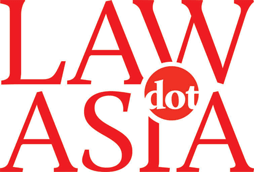Traditionally, trust structures are widely used by wealthy families to hold private family assets. In recent years, trusts have increasingly been used to hold shares in a company for the benefit of such company’s employees. This type of trust structure is known as an employee benefit trust (EBT).
The usual purpose of setting up an EBT is to attract, reward and incentivize employees, and to improve company performance and competitiveness. An EBT is distinct from a company’s pension fund, which can also be structured as a trust. An EBT is generally structured as a discretionary trust and created by the execution of a trust deed and the transfer of shares of the company – or stock options or restricted shares, as the case may be – to the trustee of the EBT.

Vice president
Maples Fiduciary
Although the EBT is a discretionary trust of which the trustee usually has discretion in determining which beneficiaries receive the income and capital of the trust and when they receive it, the trustee of the EBT is guided by the scheme rules incorporated by reference into the trust deed. The scheme rules set out the detailed criteria regarding how and when beneficiaries of the EBT become eligible to receive benefits from the EBT.
You must be a
subscribersubscribersubscribersubscriber
to read this content, please
subscribesubscribesubscribesubscribe
today.
For group subscribers, please click here to access.
Interested in group subscription? Please contact us.
你需要登录去解锁本文内容。欢迎注册账号。如果想阅读月刊所有文章,欢迎成为我们的订阅会员成为我们的订阅会员。
SOFIA SHEN is a vice president at Maples Fiduciary in Hong Kong
Maples Fiduciary
5301, 53/F, The Center, 99 Queen’s Road Central
Hong Kong
www.maplesfs.com
Contact details:
Tel: +852 3690 7676
Email: sofia.shen@maplesfs.com



























